Intro to Algebra Worksheet
Are you a student or a teacher looking for a helpful tool to reinforce algebraic concepts? Look no further than the Algebra Worksheet. Designed to provide targeted practice and strengthen understanding, these worksheets are an essential resource for learners of all levels. With a focus on key algebraic entities and subjects, these worksheets offer a comprehensive approach to mastering the fundamentals of algebra.
Table of Images 👆
More Other Worksheets
Kindergarten Worksheet My RoomSpanish Verb Worksheets
Healthy Eating Plate Printable Worksheet
Cooking Vocabulary Worksheet
My Shadow Worksheet
Large Printable Blank Pyramid Worksheet
Relationship Circles Worksheet
What is a variable in algebra?
In algebra, a variable is a symbol used to represent unknown quantities or values that can vary within a given range. It is often represented by letters such as x, y, or z, and can be manipulated and solved for in equations to find the value that satisfies the conditions of the equation. Variables are fundamental elements in algebraic expressions and equations, allowing for the mathematical representation and analysis of relationships between quantities.
What is the difference between an equation and an expression?
An equation is a mathematical statement that shows the equality of two expressions, typically with an "equals" sign between them, representing a balance. An expression, on the other hand, is a mathematical phrase that may contain numbers, variables, and operations but does not show equality and cannot be solved for a specific value. In simpler terms, an equation is a statement of equality, while an expression is a mathematical phrase without the equal sign.
How do you simplify an algebraic expression?
To simplify an algebraic expression, you combine like terms by adding or subtracting them and simplify any coefficients or constants. You can also use the distributive property to factor out common terms and simplify further. Finally, follow the order of operations (PEMDAS - Parentheses, Exponents, Multiplication and Division from left to right, Addition and Subtraction from left to right) to ensure the correct simplification of the expression.
What is a coefficient in an algebraic term?
A coefficient in an algebraic term is the numerical factor that is multiplied by a variable. It is the number that appears in front of the variable in an expression, such as in 3x, where 3 is the coefficient of the variable x. Coefficients are used to scale the variable in an algebraic equation or expression.
What is the order of operations in algebra?
In algebra, the order of operations is Parentheses, Exponents, Multiplication and Division (from left to right), Addition and Subtraction (from left to right), known by the acronym PEMDAS. This order dictates the sequence in which math operations should be carried out in order to solve equations accurately.
How do you solve a linear equation?
To solve a linear equation, you need to isolate the variable on one side of the equation. This is typically done by performing the same operation on both sides of the equation to maintain equality. Start by simplifying both sides of the equation by combining like terms and then proceed to move constants and coefficients to the other side of the equation. Continue this process until you have the variable isolated on one side and a numerical solution on the other side.
What is the distributive property in algebra?
The distributive property in algebra states that for any real numbers a, b, and c, the product of a and the sum of b and c is equal to the sum of the products of a and b, and a and c. In other words, a(b + c) = ab + ac. This property is important for simplifying expressions and solving equations by distributing or factoring terms.
How do you solve a system of equations?
To solve a system of equations, you can use methods like substitution, elimination, or matrix algebra. One common approach is to isolate a variable in one equation and substitute its value into the other equation. Another method is to add or subtract the equations to eliminate one variable, allowing you to solve for the remaining variable. Matrix algebra involves representing the system of equations as a matrix and using operations like row reduction to find the solution.
What are the properties of exponents?
The properties of exponents include the product rule (a^m * a^n = a^(m+n)), the quotient rule (a^m / a^n = a^(m-n)), the power rule ((a^m)^n = a^(m*n)), the zero rule (a^0 = 1 for a ≠ 0), and the negative exponent rule (a^-n = 1/a^n). These properties help simplify expressions involving exponents and allow for easier manipulation of equations.
How do you graph a linear equation?
To graph a linear equation, such as y = mx + b, where m is the slope and b is the y-intercept, first plot the y-intercept on the y-axis. Then, use the slope to find the next point by moving up or down based on the rise and left or right based on the run. Connect these points with a straight line to represent the graph of the linear equation.
Have something to share?
Who is Worksheeto?
At Worksheeto, we are committed to delivering an extensive and varied portfolio of superior quality worksheets, designed to address the educational demands of students, educators, and parents.

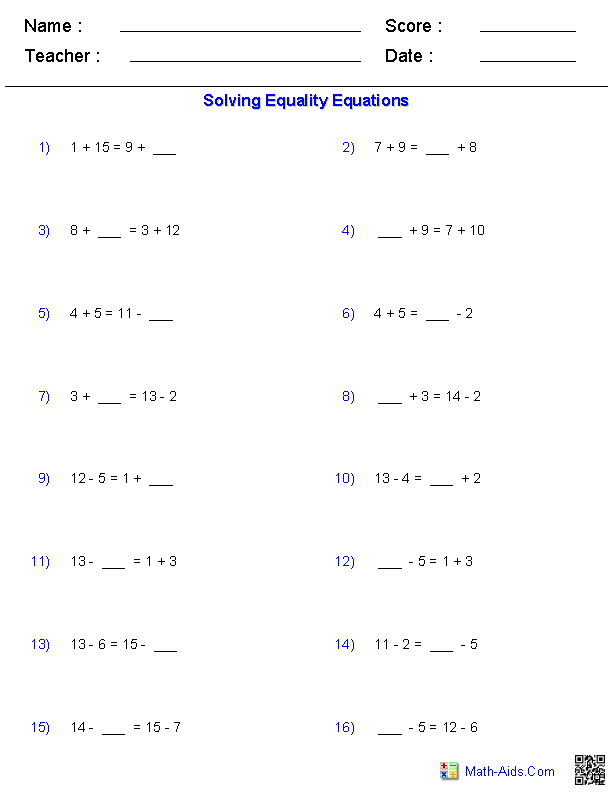



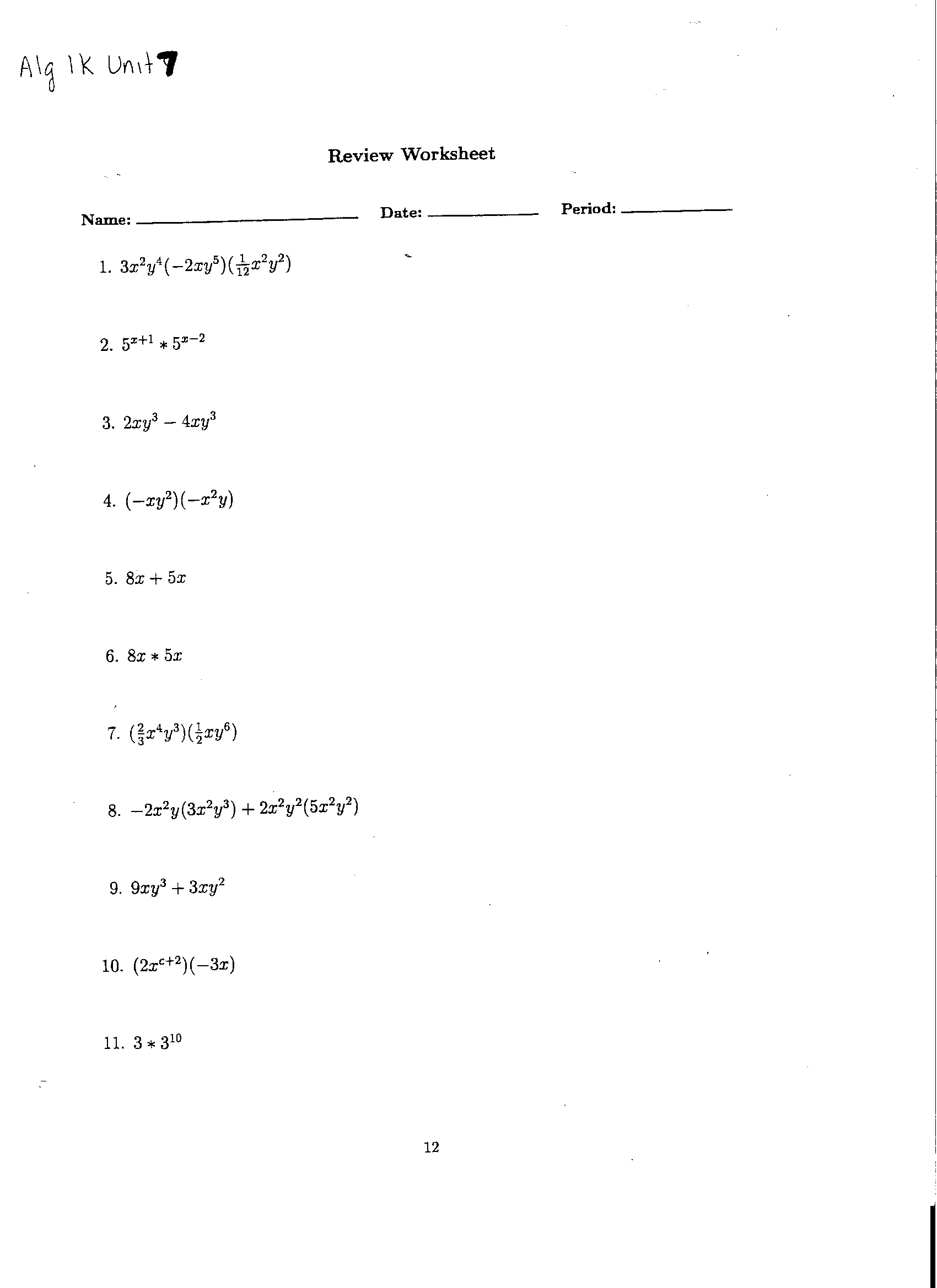
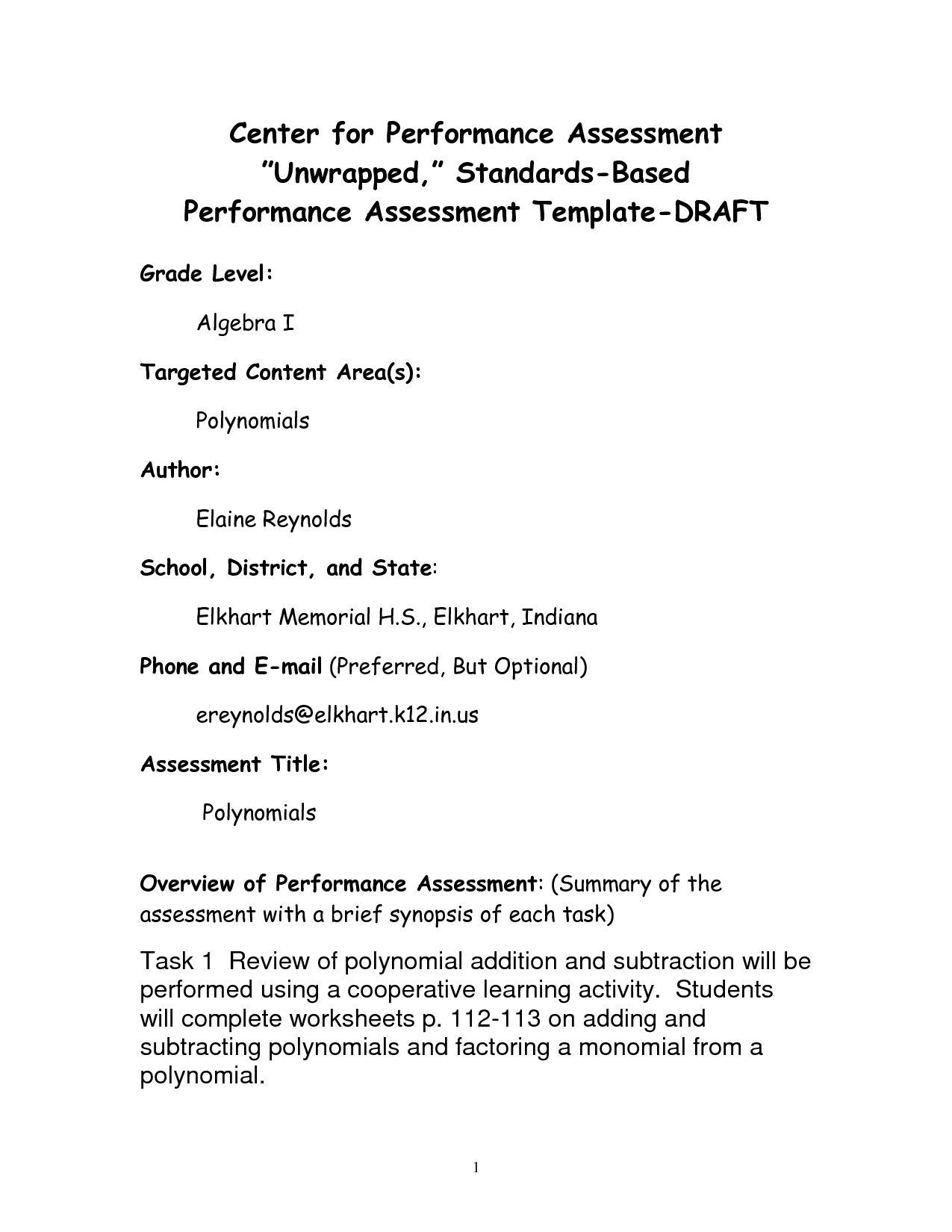
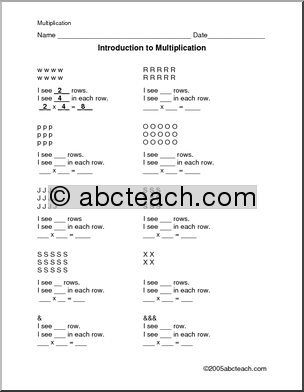
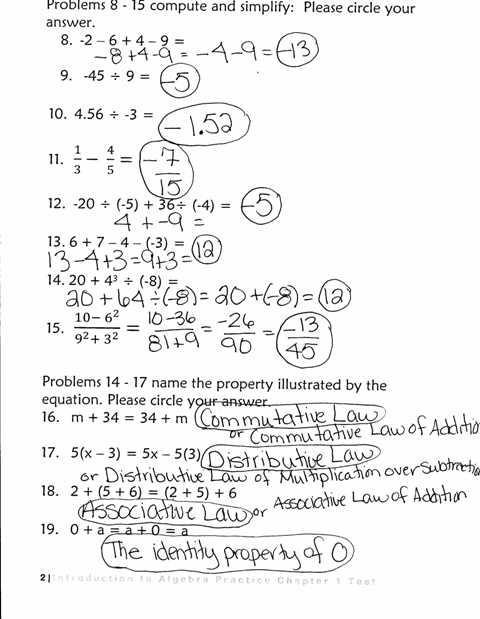













Comments